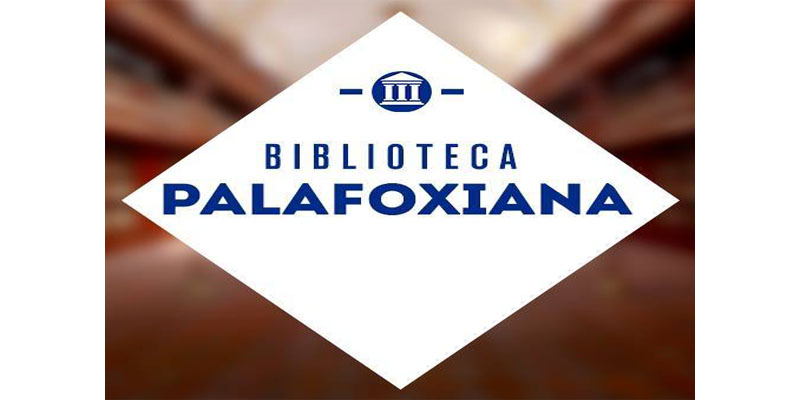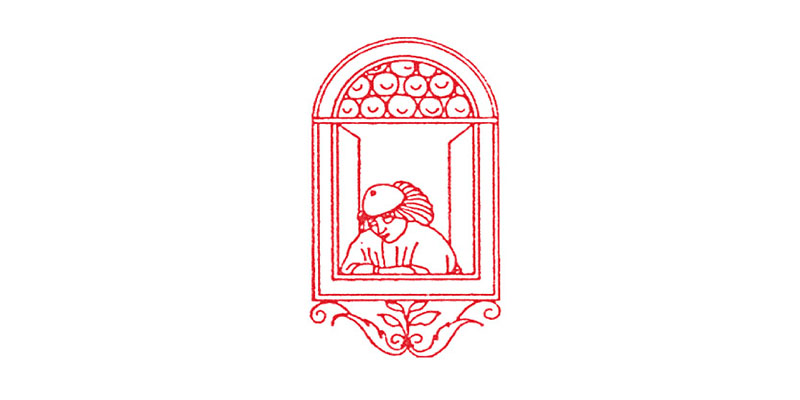| Thesaurus linguae Latinae (TLL)Der Thesaurus linguae Latinae ist das maßgebliche Wörterbuch des antiken Lateins: Als einziges Lexikon bezieht der Thesaurus alle überlieferten lateinischen Texte von den Anfängen bis 600 n. Chr. ein, berücksichtigt also neben der klassischen Latinität auch ausführlich die Besonderheiten der spätantiken und christlichen Texte. Untersucht werden nicht nur literarische Werke, sondern auch juristische und medizinische Gebrauchstexte, Inschriften, Graffiti und vieles mehr.Die wissenschaftliche Zuverlässigkeit des Thesaurus konnte nicht durch die Revision bewährter Wörterbücher erreicht werden: Denn jahrhundertelang dienten Lateinlexika im Wesentlichen zur Verbesserung der aktiven Sprachbeherrschung, die nur an den besten Stilvorbildern (vor allem Cicero) geschult werden sollte. Um diese einseitige Sprachdarstellung zuverlässig korrigieren zu können, wurde ein Neubeginn nötig.The Thesaurus linguae Latinae is the most authoritative dictionary of ancient Latin. It is the only lexicon to cover all surviving Latin texts from the earliest times down to AD 600. Therefore it not only takes account of classical Latin but also treats in detail the special features of the language of late antiquity and Christian texts. As well as literary works, it examines medical and legal manuals, inscriptions, graffiti and many other types of text.The reliability and scholarly standards of the Thesaurus were impossible to achieve with a mere revision of the tried and tested dictionaries of the past. For centuries, Latin dictionaries were mainly seen as tools for improving the active mastery of the language. This meant that they were based on the most highly regarded stylistic models, above all, on Cicero. To correct this one-sided presentation of the language, a new beginning was needed.§ Das Projekt§ Über den TLL§ Organisation§ Mitarbeiter§ Nachwuchsförderung§ Publikationen§ TLL digital§ Hilfsmittel für Benutzer§ FAQ§ Medienarchiv§ Downloadbereich§ Aktuelles§ Summerschool§ Ihr Besuch§ Kontakt§ Deutsch§ EnglishHier finden Sie den den Index librorum.§ A§ a – adli [ThLL I col. 1-724]§ adluc – agoge [ThLL I col. 725-1410]§ agogima – Amyzon [ThLL I col. 1411-2032]§ an – Artigi [ThLL II col. 1-706]§ artigraphia – Aves [ThLL II col. 707-1324]§ Avesica – Azzi [ThLL II col. 1325-1646]§ B-C§ b – Byzeres [ThLL II col. 1647-2270]§ c – celebro [ThLL III col. 1-748]§ celebrum – coevangelista [ThLL III col. 749-1444]§ coeuntia – comus [ThLL III col. 1445-2186]§ con – controversus [ThLL IV col. 1-788]§ controverto – cyulus [ThLL IV col. 789-1594]§ D§ d – deopto [ThLL V 1 col. 1-558]§ deorata – diffidus [ThLL V 1 col. 559-1102]§ diffindentia – dogarius [ThLL V 1 col. 1103-1812]§ dogma – dze [ThLL V 1 col. 1813-2334]§ E§ e – ergenna [ThLL V 2 col. 1-758]§ erginario – excolligo [ThLL V 2 col. 759-1276]§ excolo – exquiro [ThLL V 2 col. 1277-1822]§ exquisitim – eozani [ThLL V 2 col. 1823-2134]§ F-H§ f – firmitas [ThLL VI 1 col. 1-808]§ firmiter – fysis [ThLL VI 1 col. 809-1664]§ g – gytus [ThLL VI 2 col. 1665-2388]§ h – hieranthemis [ThLL VI 3 col. 2389-2780]§ hierarchia – hystrix [ThLL VI 3 col. 2781-3166]§ I-K§ i – inaures [ThLL VII 1 col. 1-840]§ inauricula – inhonestitas [ThLL VII 1 col. 841-1596]§ inhonesto – intervulsus [ThLL VII 1 col. 1597-2304]§ intestabilis – kyrie [ThLL VII 2 col. 1-760]§ L-O§ l – librariolus [ThLL VII 2 col. 761-1346]§ librarium – lyxipyretos [ThLL VII 2 col. 1347-1952]§ m – meocarius [ThLL VIII col. 1-786]§ meoculos – mogilalus [ThLL VIII col. 787-1332]§ moincipium – myzon [ThLL VIII col. 1333-1764]§ o – omnividens [ThLL IX 2 col. 1-624]§ omnividentia – ozynosus [ThLL IX 2 col. 625-1216]§ P§ p – paternaliter [ThLL X 1 col. 1-694]§ paterne – perimelides [ThLL X 1 col. 695-1472]§ perimetros – piceno [ThLL X 1 col. 1473-2074]§ picercula – porrus [ThLL X 1 col. 2075-2780]§ porta – praefinitivus [ThLL X 2 col. 1-644]§ praefinitus – primaevitas [ThLL X 2 col. 645-1232]§ primaevus – propello [ThLL X 2 col. 1233-1970]§ propemodum – pyxodes [ThLL X 2 col. 1971-2798]§ Onomasticon C-D§ C – Cyzistra [ThLL Onom. II col. 1-814]§ D – Dzoni [ThLL Onom. III col. 1-280]Das Onomasticon zu A & B wurde zusammen mit den Appellativa in ThLL I-II veröffentlicht. Im Moment arbeiten wir an N (Band IX/1) und R (Band XI/2). Hier werden neue Faszikel mit einer moving wall veröffentlicht, die mit unserem Verlag De Gruyter abgestimmt ist. |








